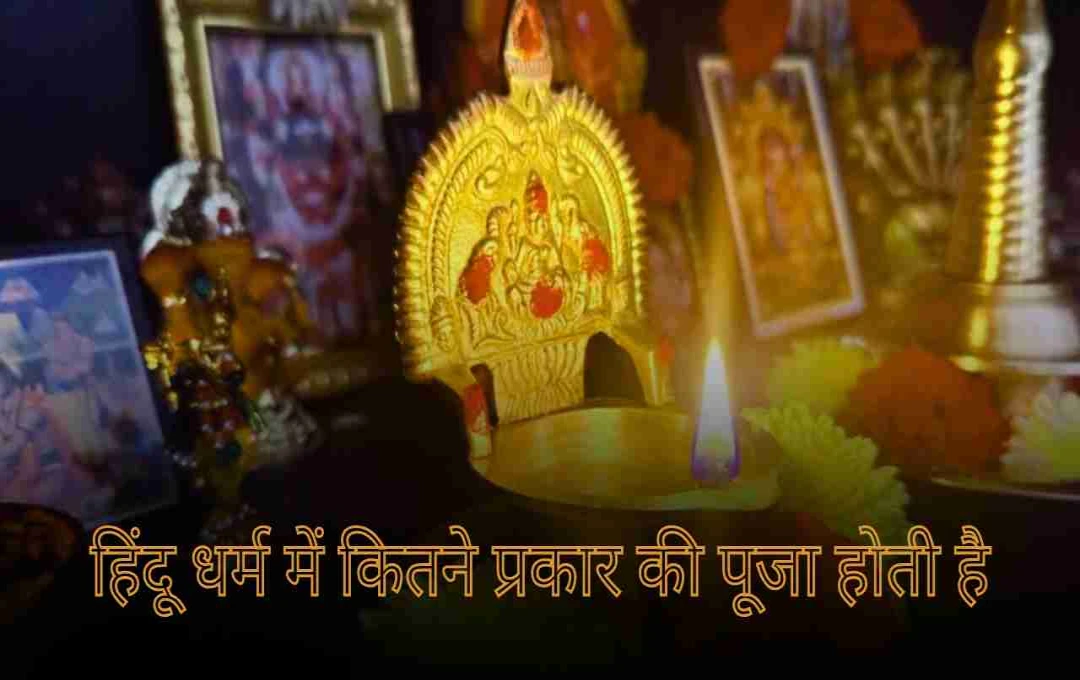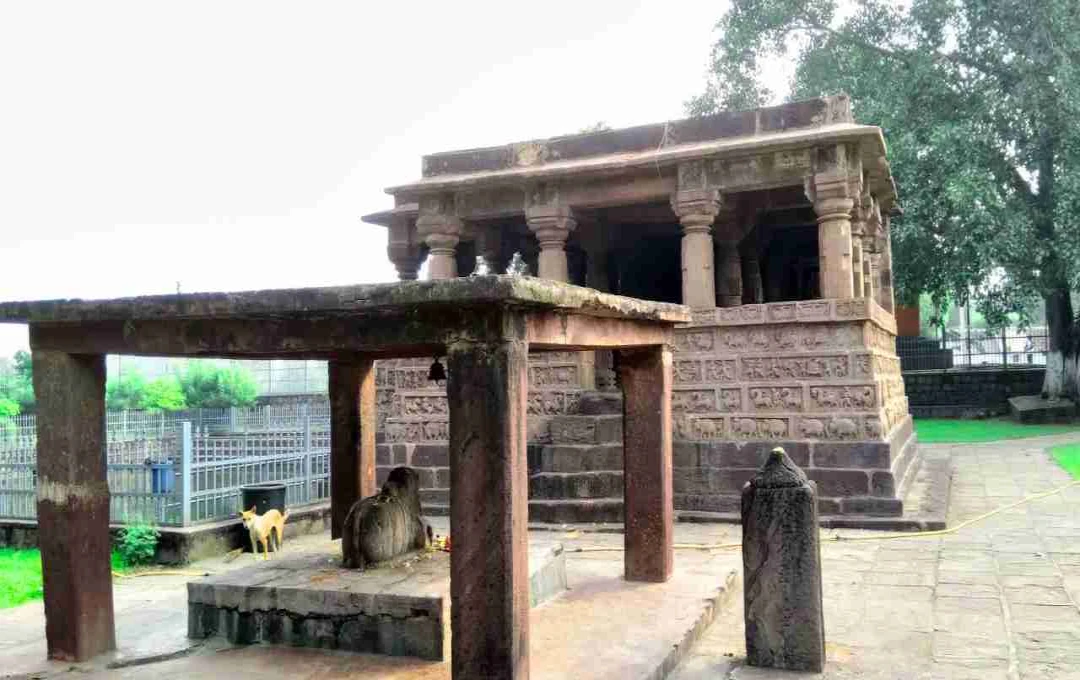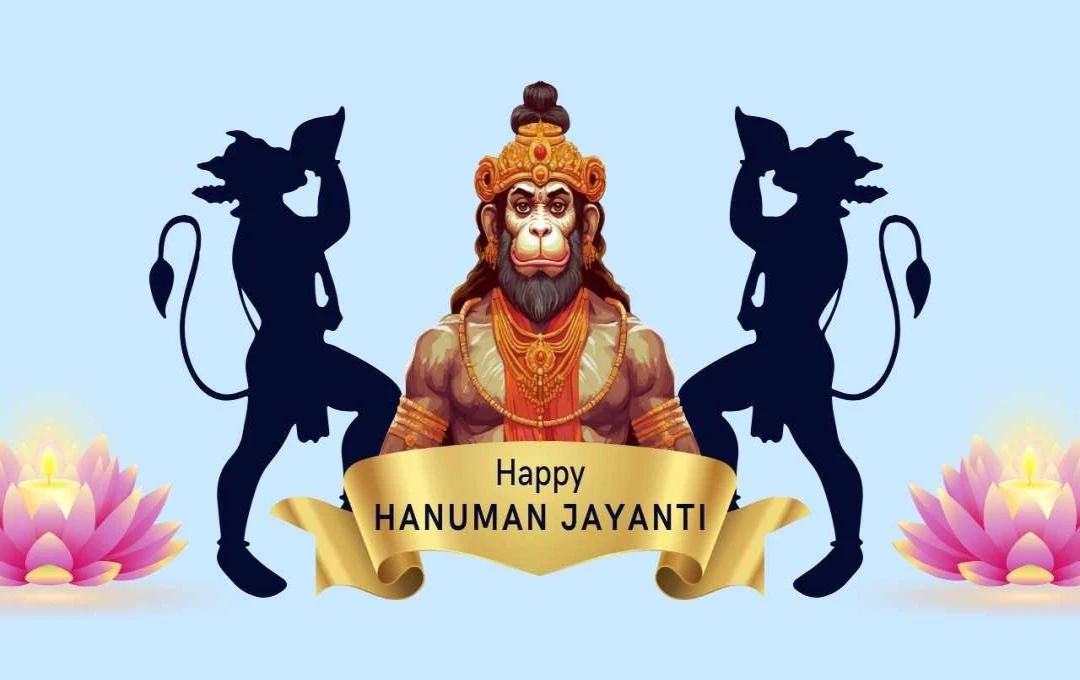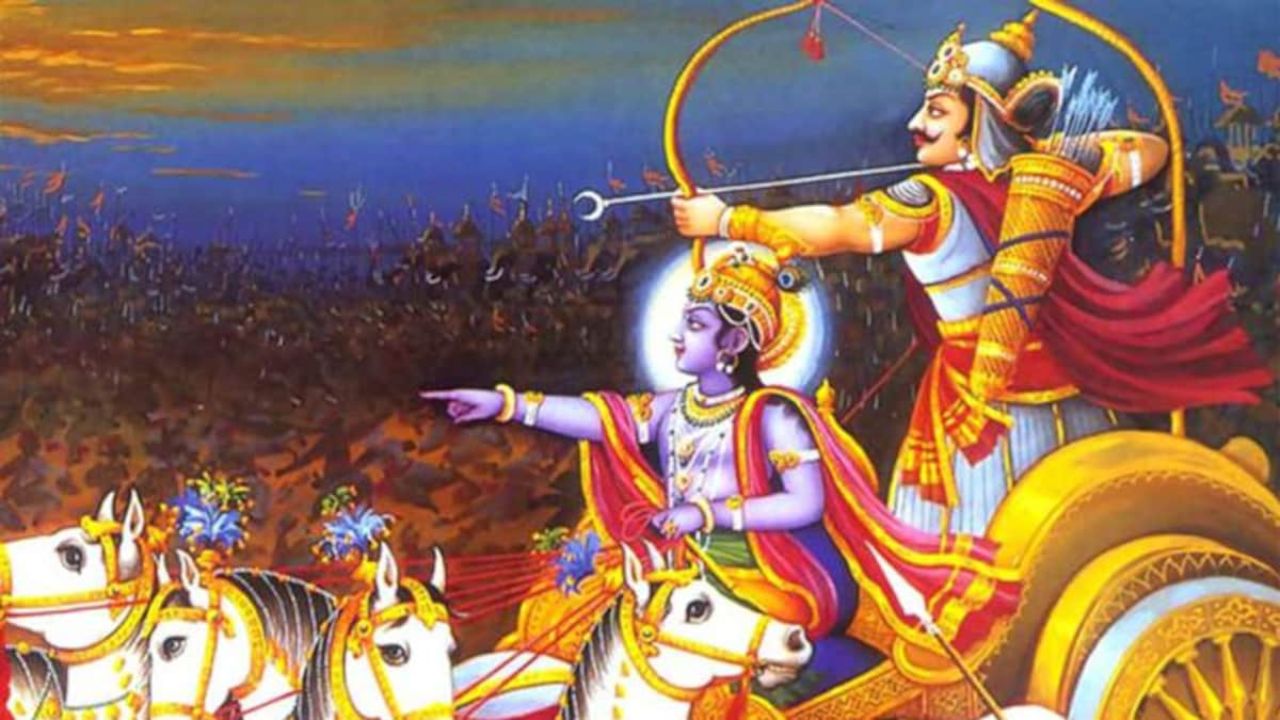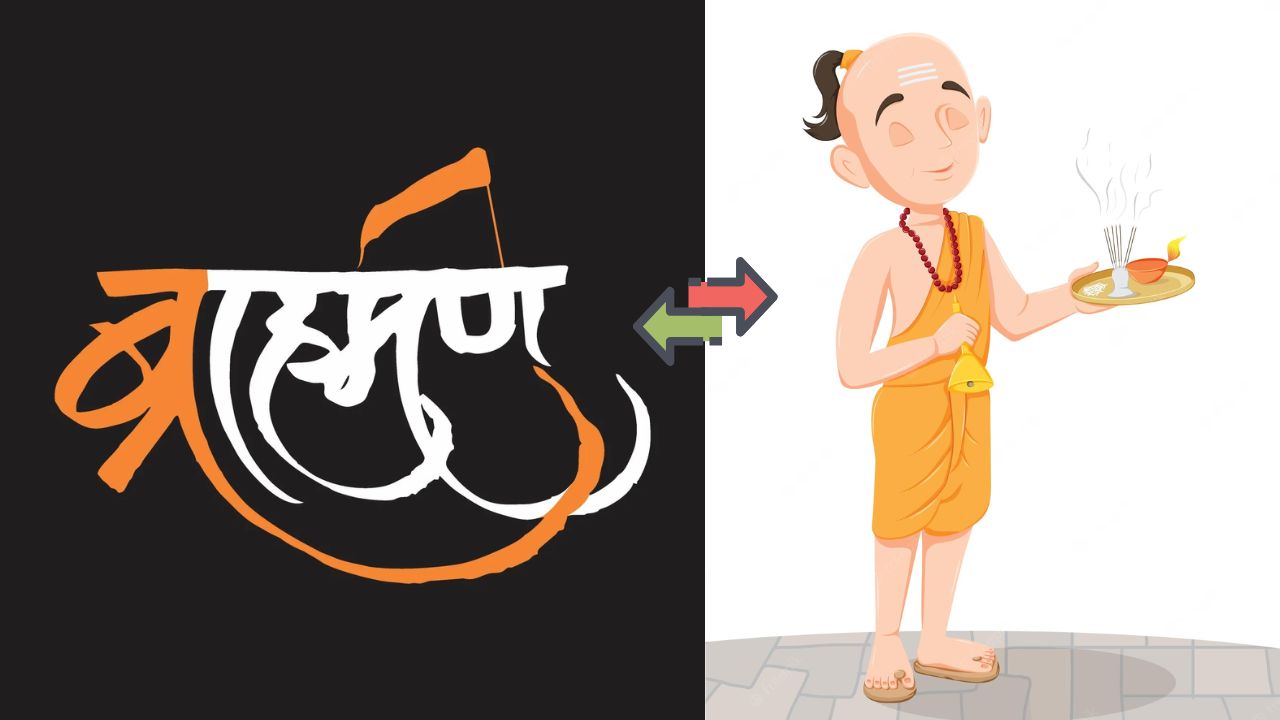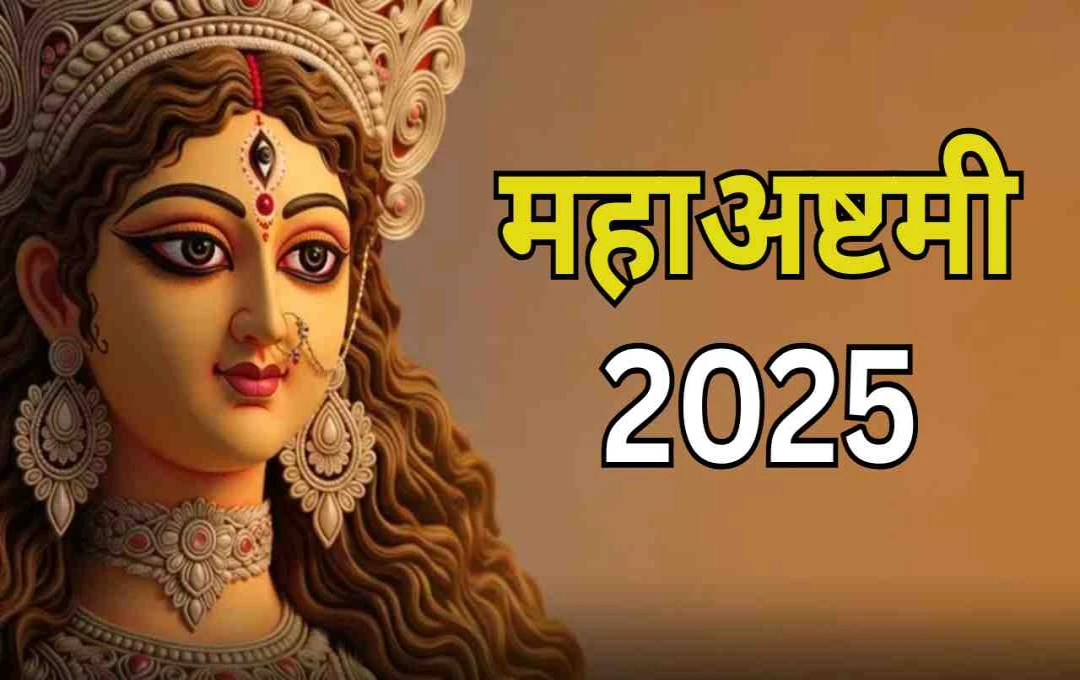In Hinduism, worship holds special significance. It is not merely a religious ritual but a profound means of connecting with the divine. Through worship, humans express their faith, devotion, and surrender before God. This is why numerous methods and forms of worship have evolved in the Hindu tradition, which are adopted according to different occasions and emotions.
The Importance of Daily Worship
Daily worship is the practice performed every day. It symbolizes a fresh start each morning. Lighting a lamp, offering incense, presenting water, and offering flowers before the deity in the home are its main components. Most people incorporate daily worship into their routine, fulfilling their duty towards God. Even though this worship is simple, it becomes a means of regular communication between the devotee and the divine.
Occasional Worship on Festivals and Special Occasions
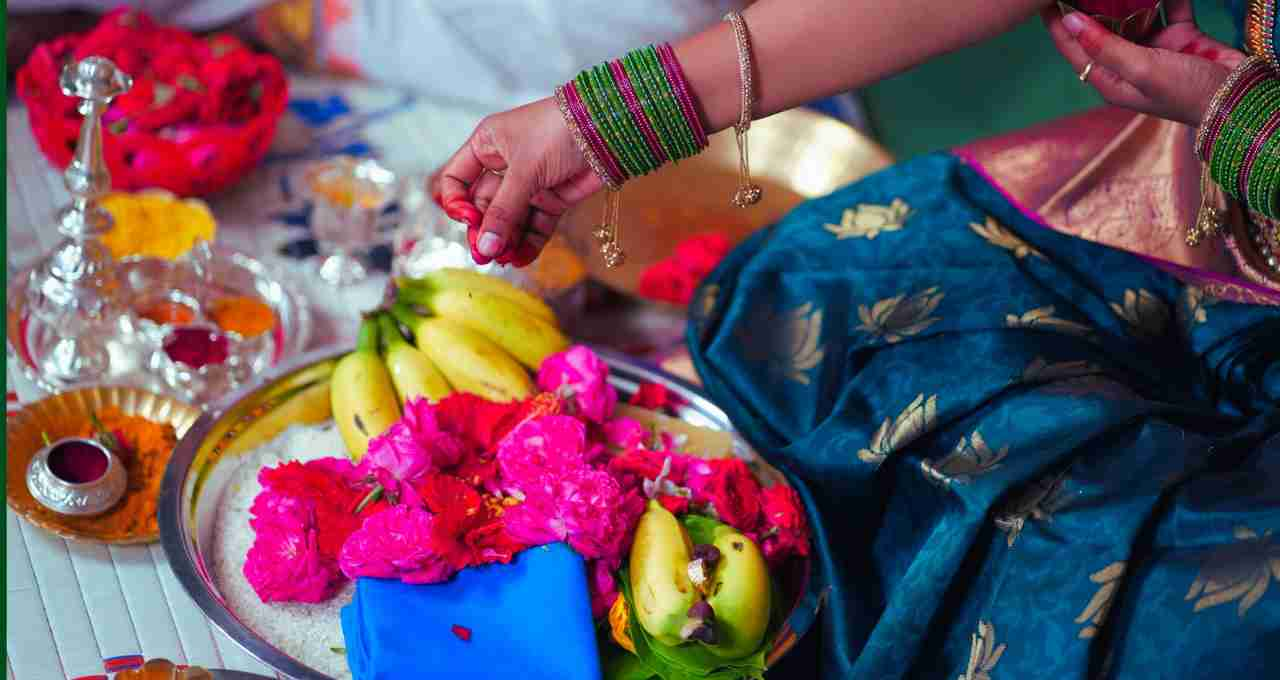
Occasional worship is performed on special festivals, celebrations, and occasions. Worship performed on festivals like Janmashtami, Ram Navami, Shivratri, Holi, and Diwali falls into this category. Furthermore, worship performed before starting any auspicious activity such as housewarming, vehicle puja, or any other auspicious beginning is also considered occasional worship. This worship is performed on specific occasions, therefore special methods and mantras are used.
Kamya Puja is Associated with Desires
Kamya Puja is the worship performed for the fulfillment of a specific desire or objective. For example, worship performed for the desire for a child, increase in wealth, delay in marriage, or success in a job or business is called Kamya Puja. This involves observing fasts, reciting mantras, performing havan (fire sacrifice), and listening to religious stories. This worship is based on the devotee's devotion and faith.
The Deep Spiritual Nature of Atma Puja
Atma Puja means worshiping the God residing within oneself. In this, the emphasis is on the purification of the inner self and meditation instead of external actions. Atma Puja is performed during fasting or solitary meditation. In it, the devotee focuses on the form of God by stabilizing their mind and consciousness. Atma Puja is mostly associated with yoga and meditation, which is considered helpful in spiritual upliftment.
The Ancient Tradition of Yajna and Havan
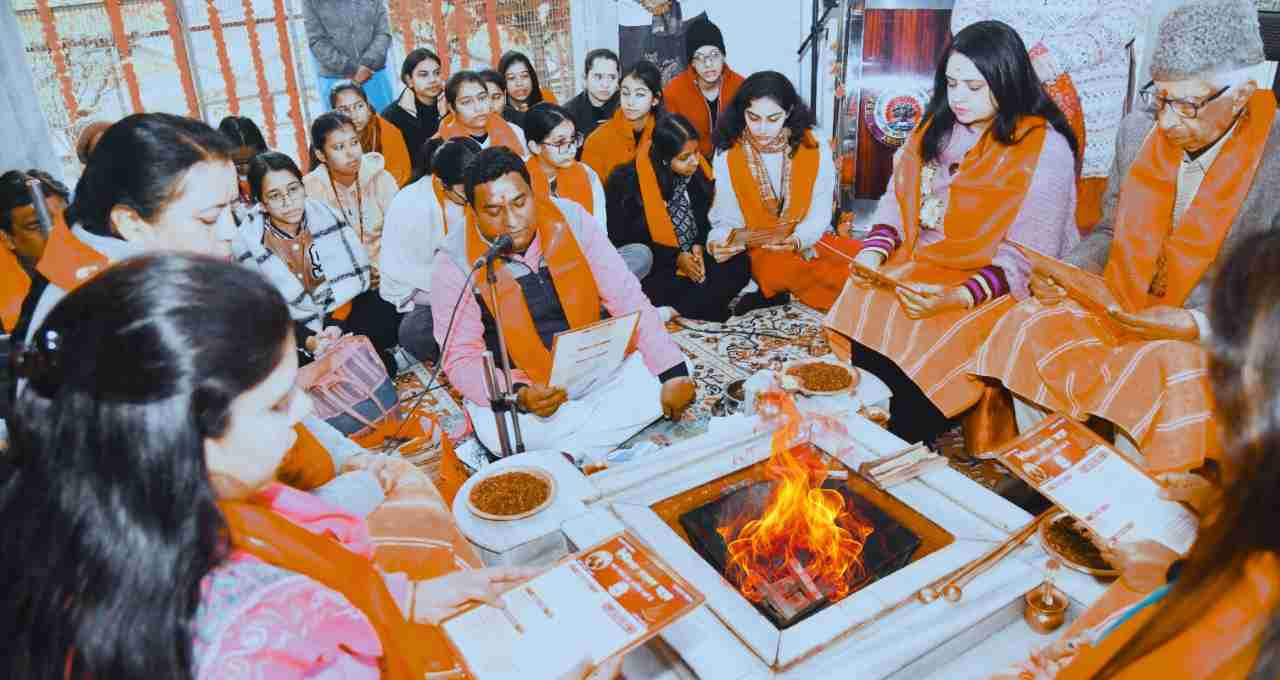
Yajna and Havan are among the oldest worship practices in Hinduism. Offerings are made to the deities through mantras, with fire as a witness. Havan is performed on special occasions, for the pacification of planetary defects, health benefits, progeny, wealth, marriage, etc. In Yajna, the purity of fire and the power of mantras together make the environment pure and energetic.
Panchopachara Puja: Service with Five Items
In Panchopachara Puja, the deity is served with five items. It includes sandalwood paste (or perfume), flowers, incense, a lamp, and Naivedya (offering). This worship is considered simple and effective. Most people perform deity worship in this manner at home. The feeling of devotion is considered most important in Panchopachara Puja.
The Detailed Method of Shodashopachara Puja
Shodashopachara Puja involves worshiping the deity through 16 types of services. It includes steps like invocation, offering a seat, offering water for washing feet, offering water for ablutions, offering water for rinsing the mouth, bathing, offering clothes, offering sandalwood paste, flowers, incense, a lamp, offering Naivedya, offering betel leaves, performing Aarti, offering Mantrapushpanjali, and visarjan (immersion). This puja is mostly performed in temples or on special occasions. It is also called complete worship.
Ritual-Based Worship Practices
Apart from these, there are many other special worship methods like Navagraha Puja, Rudrabhishek, Satyanarayan Katha, Lakshmi Pujan, Durga Saptashati Path, and Ganpati Atharvashirsha, etc. These are all performed with special rituals and include mantras, tantras, and methodical rituals. Priests or Acharyas are usually involved in these pujas.
The Purpose of Worship is the Union of the Devotee and God
Regardless of the form of worship, its main purpose is to connect the soul with the Supreme Being. Worship performed with devotion, faith, discipline, and meditation not only gives mental peace but also fills life with positive energy. In Hinduism, worship is not just a ritual, but a complete way of life, which accompanies every stage from birth to death.
